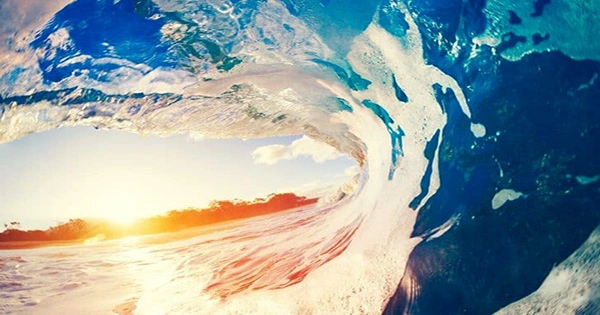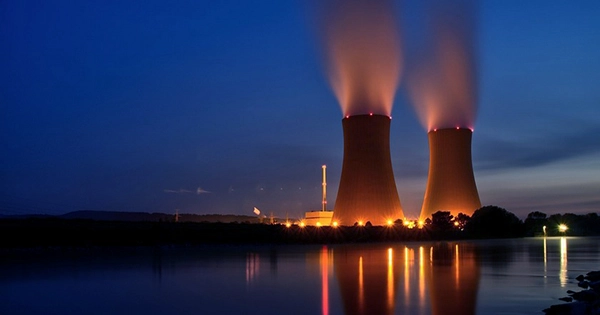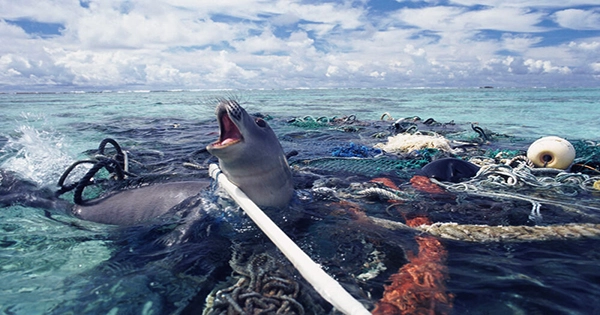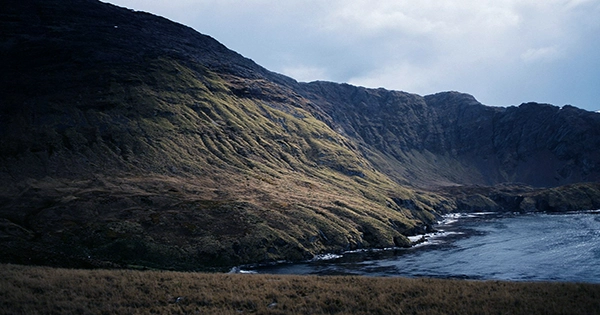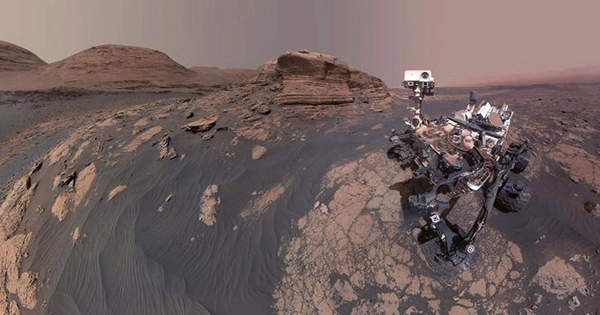Deep water currents, in contrast to surface currents driven by wind, are caused by variations in water density: denser water sinks, while lighter water rises. Temperature and salt concentration are the primary determinants of water density, hence deep currents are thermohaline (driven by temperature and salt) currents. Because it is cold, water near the poles sinks and pushes the water below it along the curves of the ocean basin. This water eventually rises to the surface through a process known as upwelling.
variations in salinity: The ocean’s waters are not a uniform blend. For instance, due to the differing distribution of deep current waters, the water in the Atlantic Ocean is slightly lower but more salinous than that in the Pacific Ocean. Denser, more salty waters lie underneath fresher surface water even within a certain section of the ocean, indicating that the water is not equally mixed.
When water, but not salt, is added to or subtracted from surface water, the salinity changes. In most cases, this occurs either through wind-induced evaporation, rainfall-induced precipitation, or the production and melting of icebergs in polar locations. In the end, whether a mass of water will sink or rise depends on the interaction between temperature and salinity. Oceans around the globe have thermohaline streams that have the names of the current source and final location.
Slow Deep Currents: Surface currents can move at speeds of up to several kilometers per hour and significantly affect marine travel. Deep currents move significantly more slowly and may take years to travel across the oceans of the world. The chemical makeup of the substances dissolved in the saltwater can be used to measure this movement. Chemical calculations show that currents can take up to a thousand years to reach the surface, as appears to be the case with the North Pacific current. These calculations mostly match deep current measurements.
Effects on Climate Globally: There is little doubt that the tremendous transfer of warmth and energy caused by the deep ocean currents has a profound impact on the earth’s climate. These climatic effects’ specific makeup is yet not entirely clear. It appears that a vast region is relatively warmed by warmer surface currents, whereas a cold water upwelling causes the region to be colder than anticipated. For instance, western Europe receives warm water from the North Atlantic current, which causes a warmer-than-expected temperature. The slowdown and consequent cooling of this surface circulation are likely what caused the relative cooling that occurred during the “Little Ice Age” between 1400 and 1850.
Deep currents also affect the global climate in other ways. For instance, cold ocean water absorbs significant amounts of atmospheric carbon dioxide due to its high carbon dioxide content. Therefore, a slight warming of these cold currents may cause a significant release of stored CO2 into the atmosphere.
